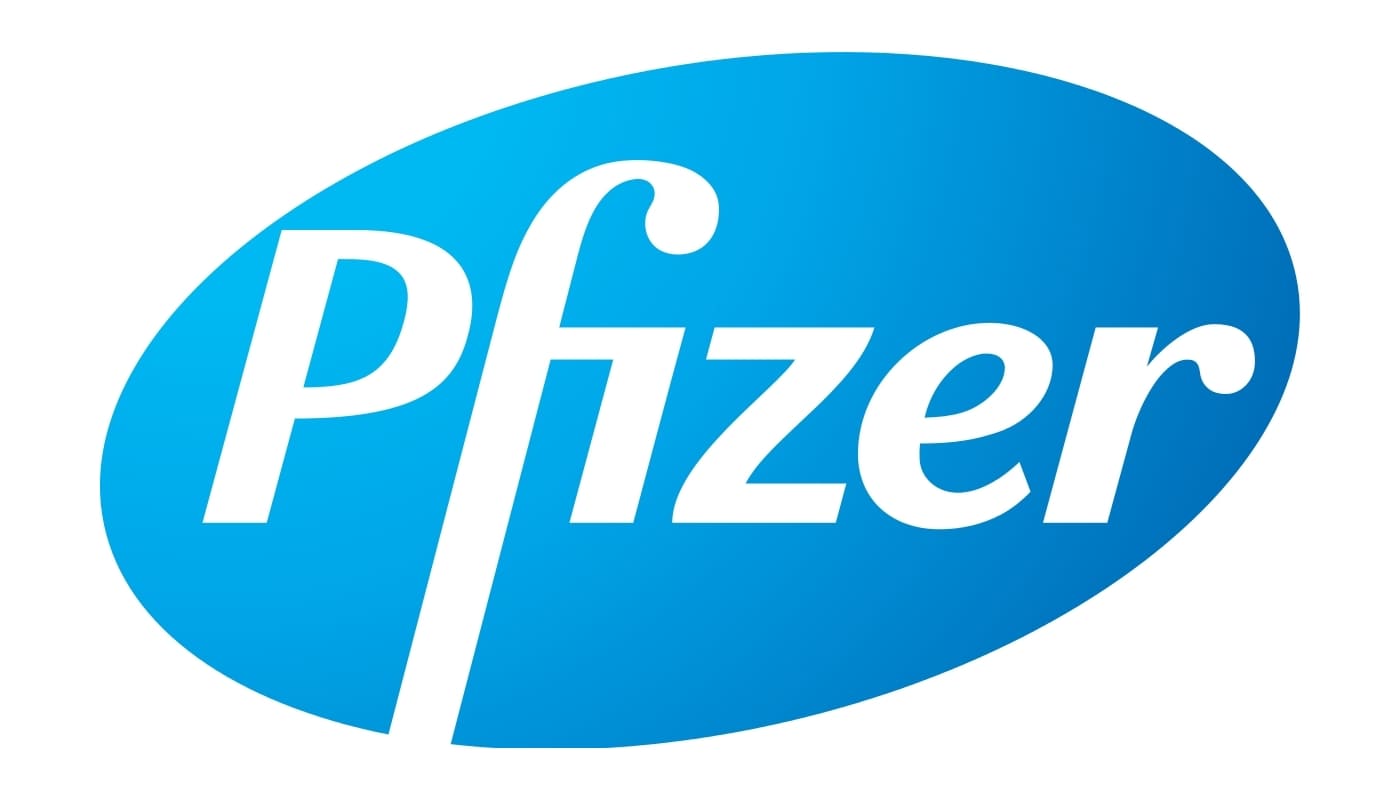

Product Ref: HOLAC03 Category: L


Royal Mail 2nd Class / Parcel Force 48
UK to UK :Normally arrives in 2-4 business days.
UK to Ireland :Normally arrives in 4-6 business days
UK to EU Countries : Normally arrives in 6-10 working days depending on where the parcel is going
Please note standered delivery is none trackable , none insured , no responsabily for lose or Damage
----------------------------------------------------------------------------------------------------------------

Royal Mail First Class / Parcel Force 24
UK to UK :Normally arrives in 1-2 business days.
UK to Ireland 3-4 business days
UK to EU Countries : Normally arrives in 6-10 working days depending on where the parcel is going
Please note :Trackable , Royal Mail insured up to £50.
--------------------------------------------------------------------------------------------------------
Parcel Force Express AM Guaranteed before Midday.
UK to UK only . UP to 5KG Max Weight
Arrives next day before 12 noon, requires a signature.
Parcel Forcel Terms & Conditions apply
Important: Parcel Force advise that there are some postcodes where an extended delivery time exists, and may affect the date of delivery or the service is not available.
| Category | POM-VPS |
| Temperature | Refrigerated |
| MA/VM/EU No: | 42058/4075 |
| Species |
|
| VMD Link | https://www.vmd.defra.gov.uk/ProductInformationDatabase/product/A003219 |
| NOAH Link | https://www.noahcompendium.co.uk/?id=-457603&fromsearch=true#iosfirsthighlight |
| Dosage | Immunising dose: 5ml Method of administration: Subcutaneous injection into the side of the neck. Basic immunisation: All cows in a herd should receive two injections of 5ml during the later stages of pregnancy, with an interval of 4-5 weeks between doses and allowing 2-3 weeks from the time of the second dose until the predicted date of calving. Booster injection: During each subsequent pregnancy previously vaccinated cows should receive a single injection of 5ml 2-6 weeks prior to the predicted calving date. Passive immunisation of the calves: In order to attain local passive immunisation within the intestine against neonatal diarrhoea, the newborn calves must receive sufficient quality colostrum and milk from the vaccinated dams during the first 10 to 14 days of life. For calves born to beef cows this can be achieved by allowing the calf to suckle naturally. Calves born to dairy cows often do not receive sufficient colostrum if suckled naturally, so artificial feeding of colostrum (e.g. via oesophageal tube feeders) should be used. Feeding and storage of colostrum For optimal protection it has been shown that the daily intake of colostrum is essential to the calf from birth to 2 weeks of age. All calves should be fed colostrum derived from the first milking, ideally within the first 6 hours of life. Calves should then either be left to suckle naturally for a minimum of 2 weeks or a colostrum feeding regime must be established. Any remaining quantities from the first milking and all the colostrum from the second milking should be pooled, aliquoted and stored deep frozen (-20 o C for maximal one year). Alternatively, these colostrum pools can be stored at about +4oC for about 2 weeks. Following the first suckling of colostrum from the dam by the calves, where the calves are separated from the dam, their feed must be supplemented with 500 ml of pooled colostrum each day. 4.10 Overdose (symptoms, emergency procedures, antidotes), if necessary Accidental overdosage is unlikely to cause any reaction other than those described in section 4.6. |
| Withdrawals | Zero days. |